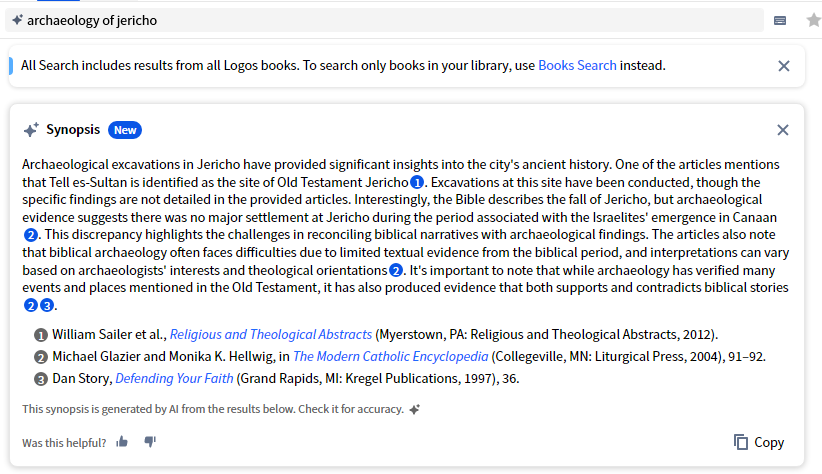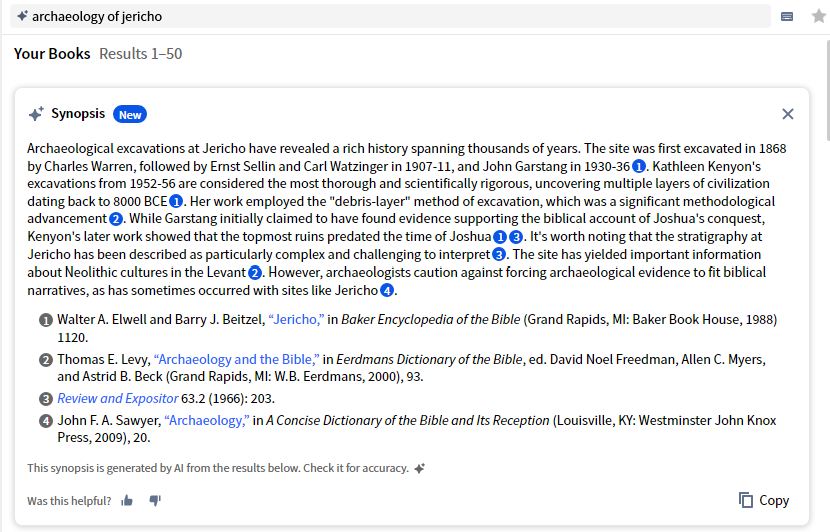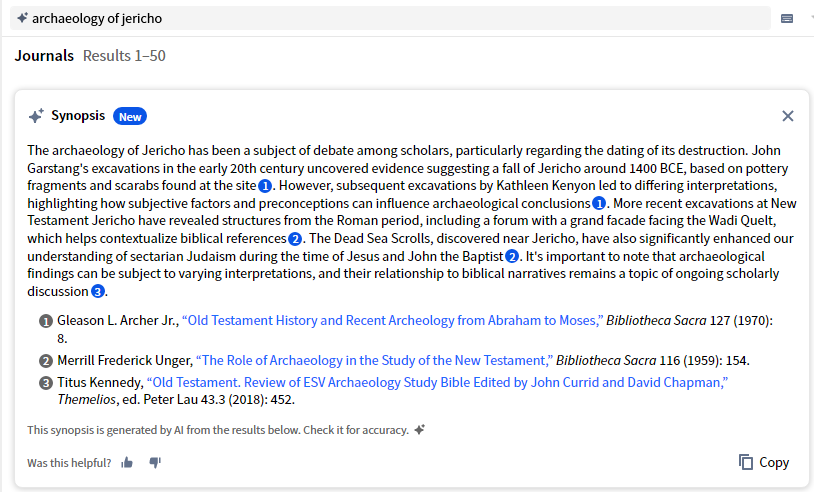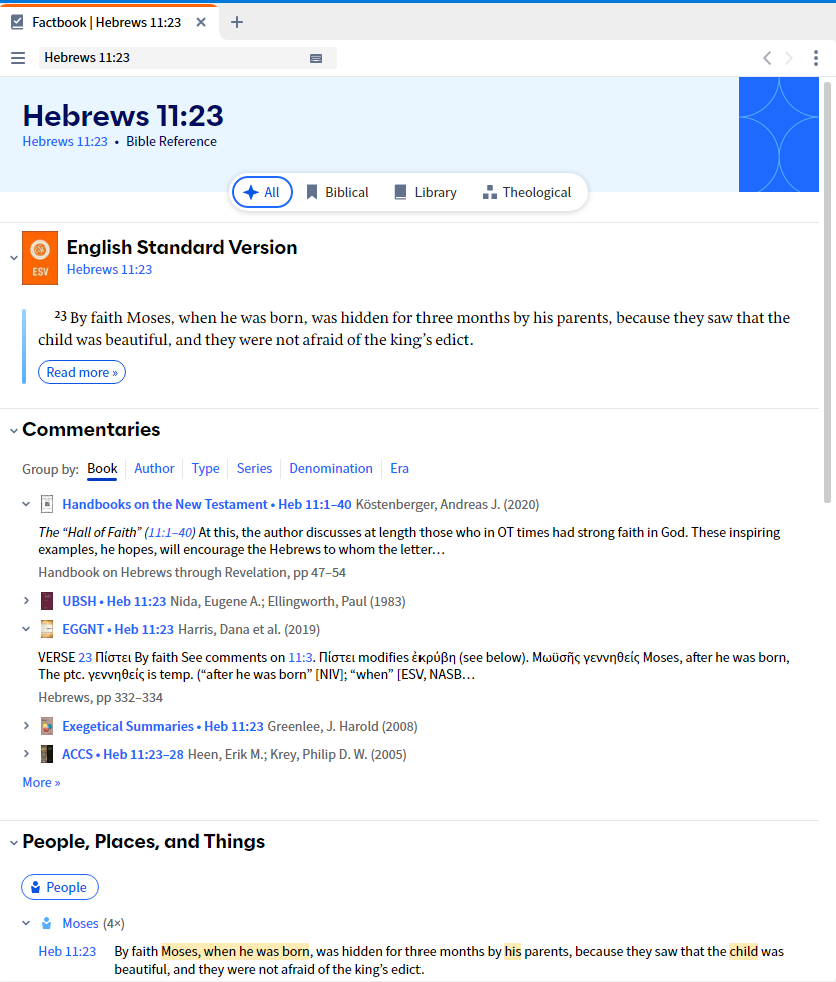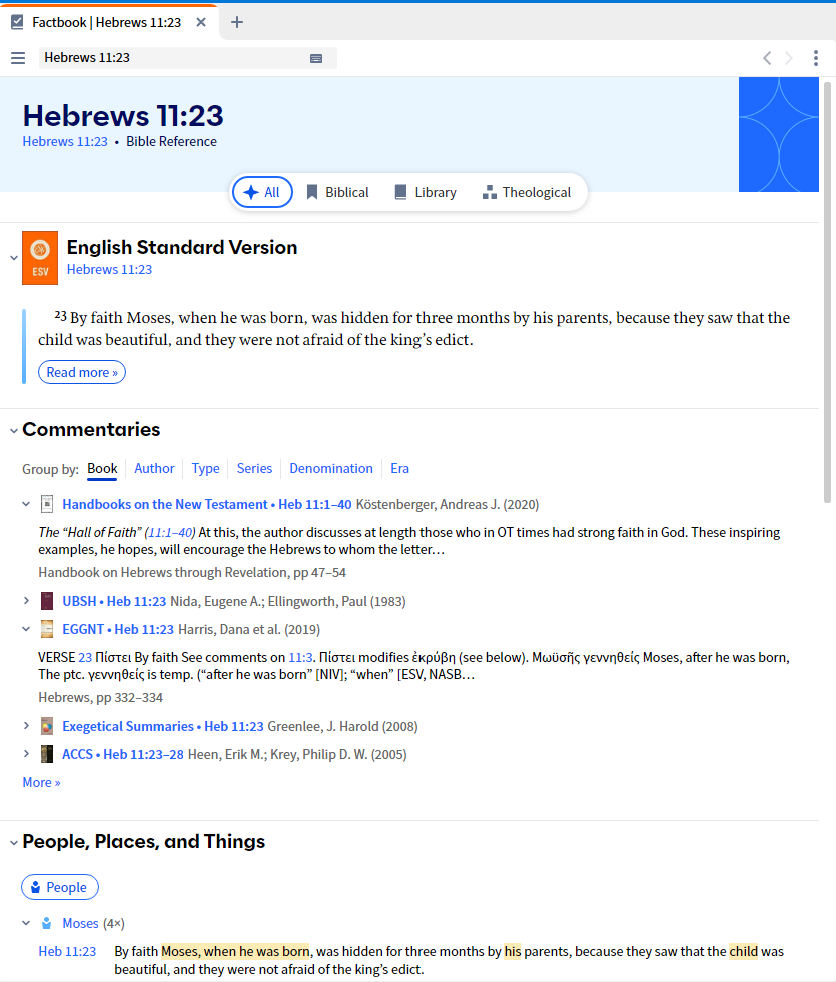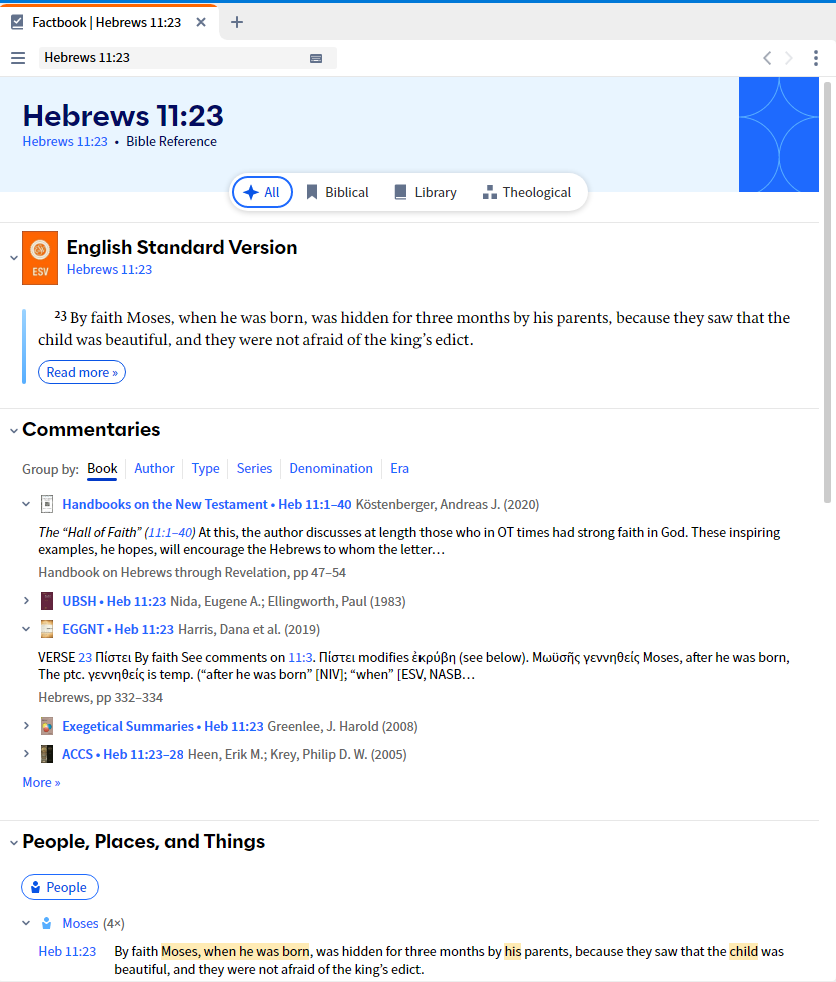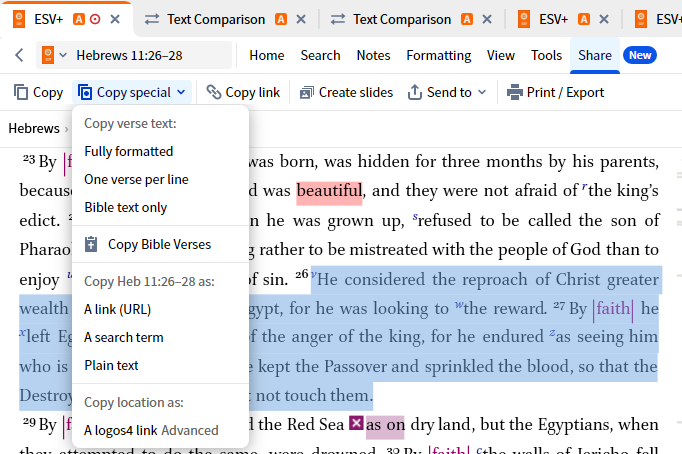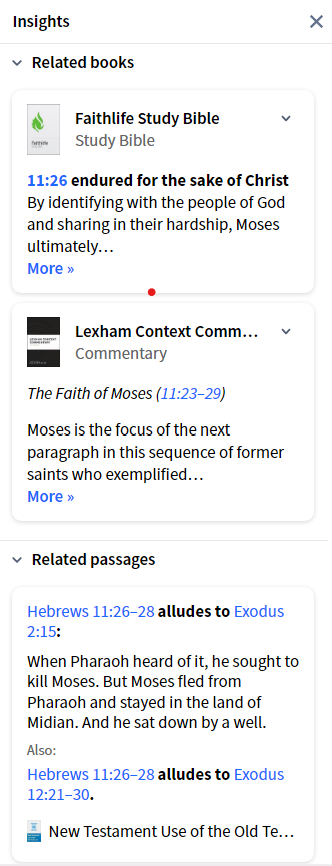Vlach proposes that “kingdom” is the central theme of Scripture (21). He argues this case by noting that the theme runs from Genesis 1 through Revelation 22, that much of Scripture is focused on the development of the kingdom, that the kingdom is the central theme in Jesus’s ministry (and that of his forerunner, John), and that the kingdom is the focal point of eschatology. Vlach also argues that the themes of covenant, promise and salvation all connect into the kingdom theme. Finally, Vlach acknowledges that God’s glory is the “purpose for which God does what he does,” but he wishes to distinguish this from “a theme of Scripture” (27).
I’m not committed to kingdom as the central theme of Scripture. For instance, I don’t see the need to deny that the glory of God is a theme. But I do affirm that it is right at the heart of biblical theology and that the other major theological themes all connect to it.
Having established the centrality of the kingdom theme, Vlach then turns to define kingdom.
“The concept of ‘kingdom’ includes at least three essential elements:
1. Ruler—a kingdom involves a ruler with rightful and adequate authority and power.
2. Realm—a kingdom involves a realm of subjects to be ruled.
3. Rulership—a kingdom involves the exercise of ruling.” [28]
He insists that all three parts must be present for a kingdom to be present. In the end he follows Alva McClain to define kingdom as “the rule of God over His creation” (30, quoting McClain, The Greatness of the Kingdom, 19).
There are a number of weaknesses in Vlach’s definition of kingdom.
First, realm should not be reduced to subjects. The realm of the kingdom includes land. Ultimately, the entire earth is the realm of God’s kingdom.
Second, Vlach seems to think that requiring ruler, realm, and rulership to all be present argues against a present form of the kingdom. This is clear in his characterization of Luke 19:12, where he argues “the actual kingdom reign occurs when the nobleman returns to his realm of authority.” However, Psalm 110:1–2 indicates that the Son is reigning now even before his return. I would argue that all three elements are present even in the inaugurated but not yet consummate rule of Christ.
This definition doesn’t clearly highlight that the kingdom is God’s rule over His creation through man. The Creation Blessing and the necessity of the incarnation is left to the side in this definition. However, Vlach elsewhere roots the kingdom theme in Genesis 1:26–28. Including the through man aspect of the kingdom seems consistent with what Vlach teaches elsewhere.

